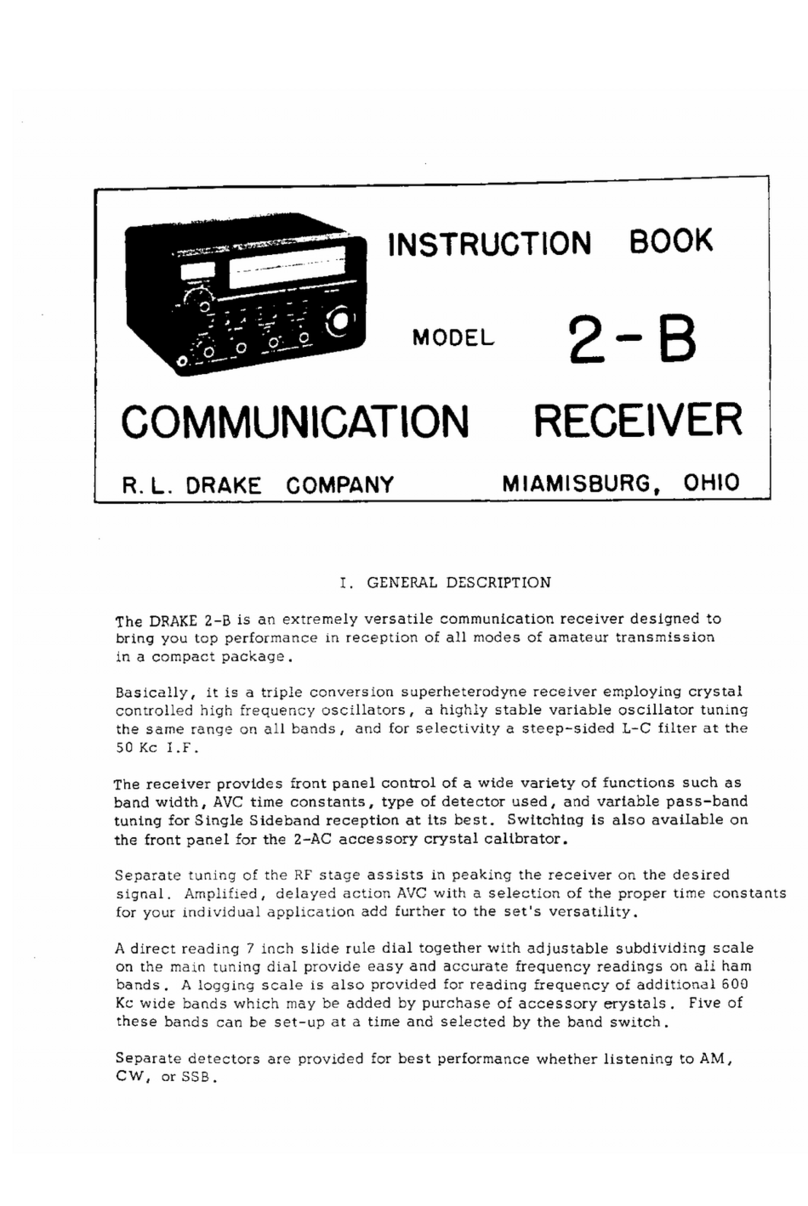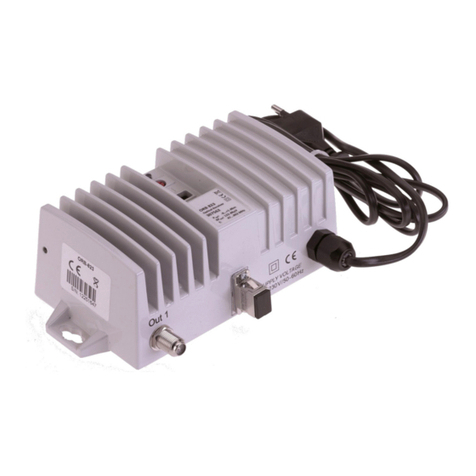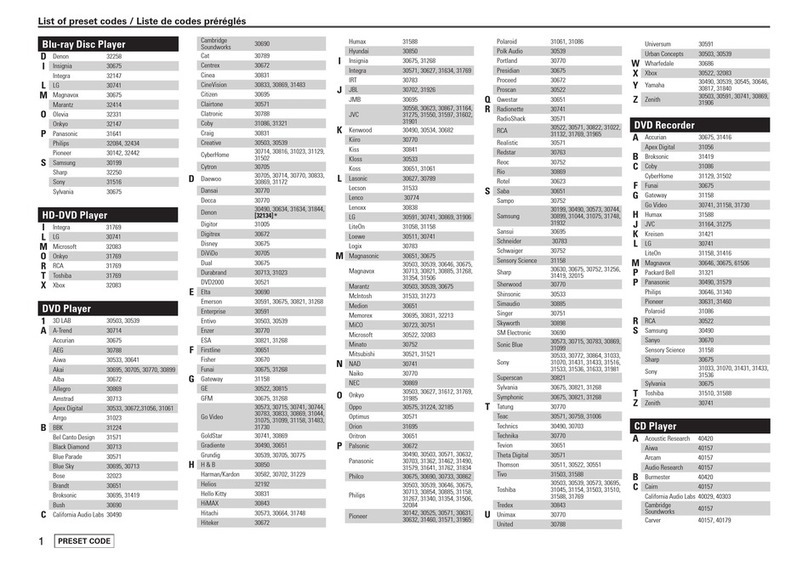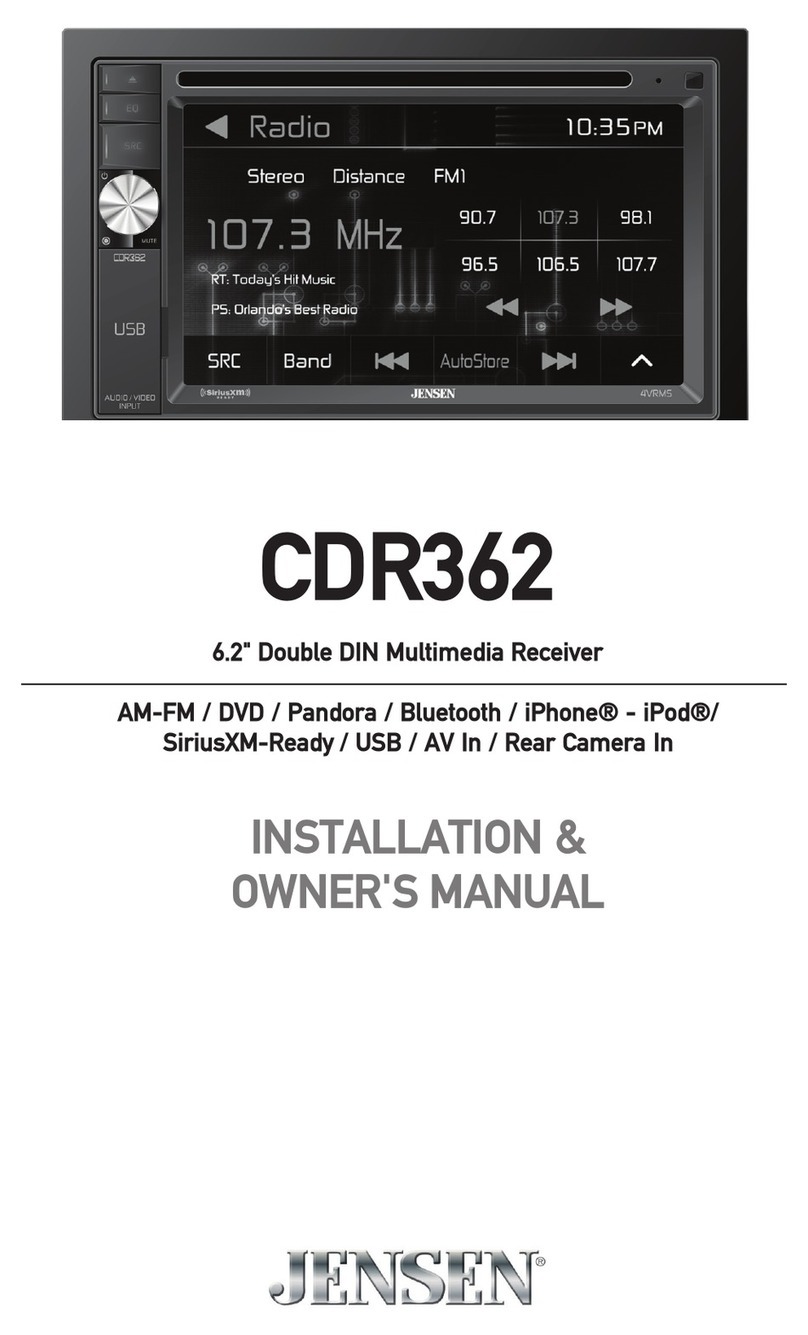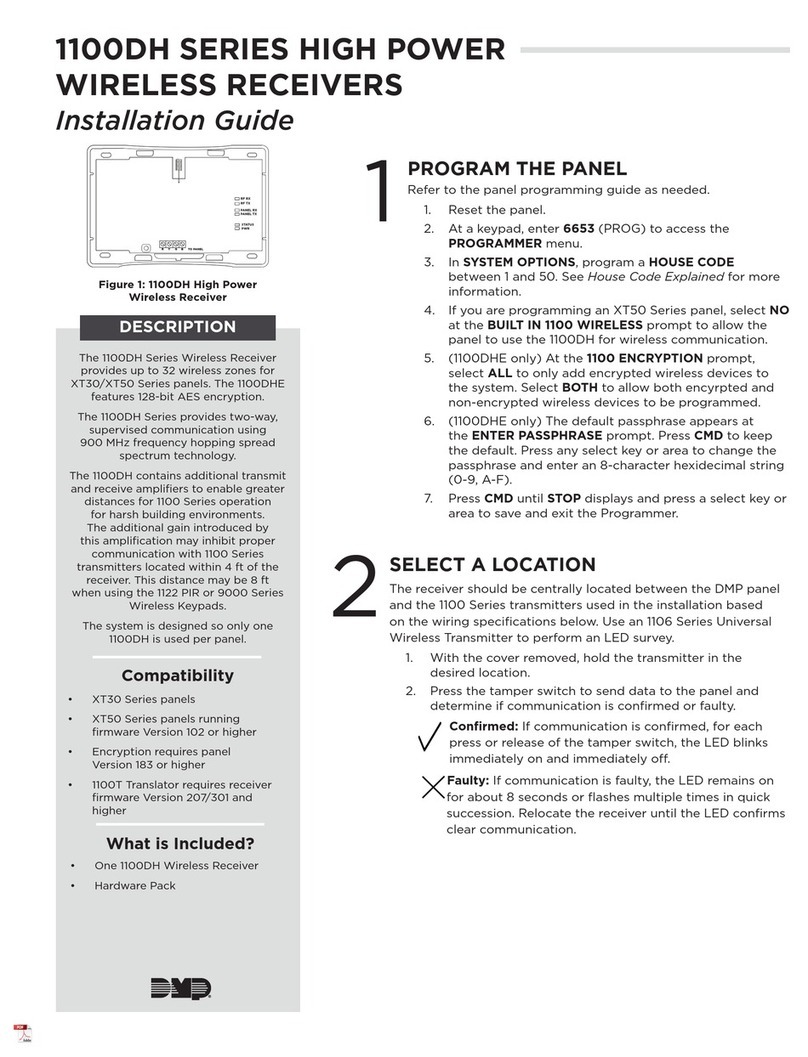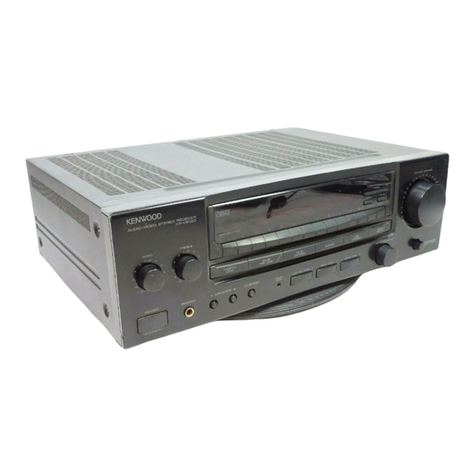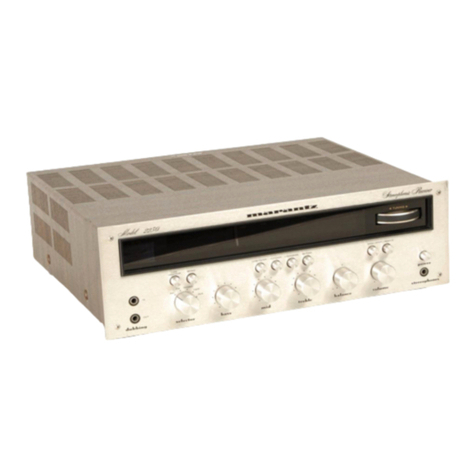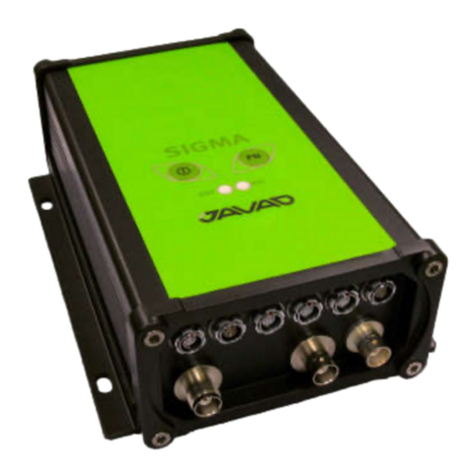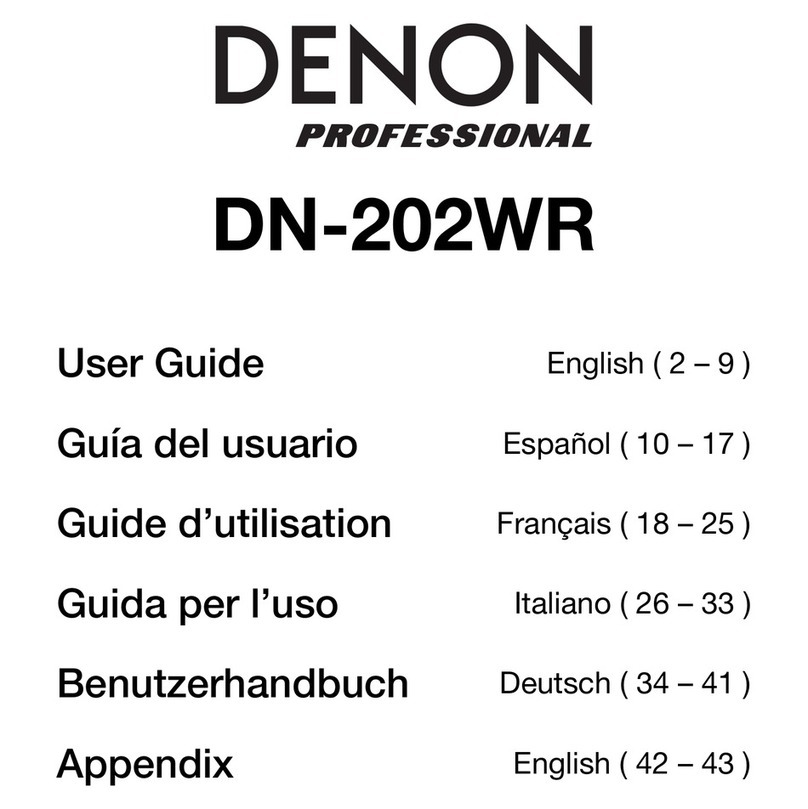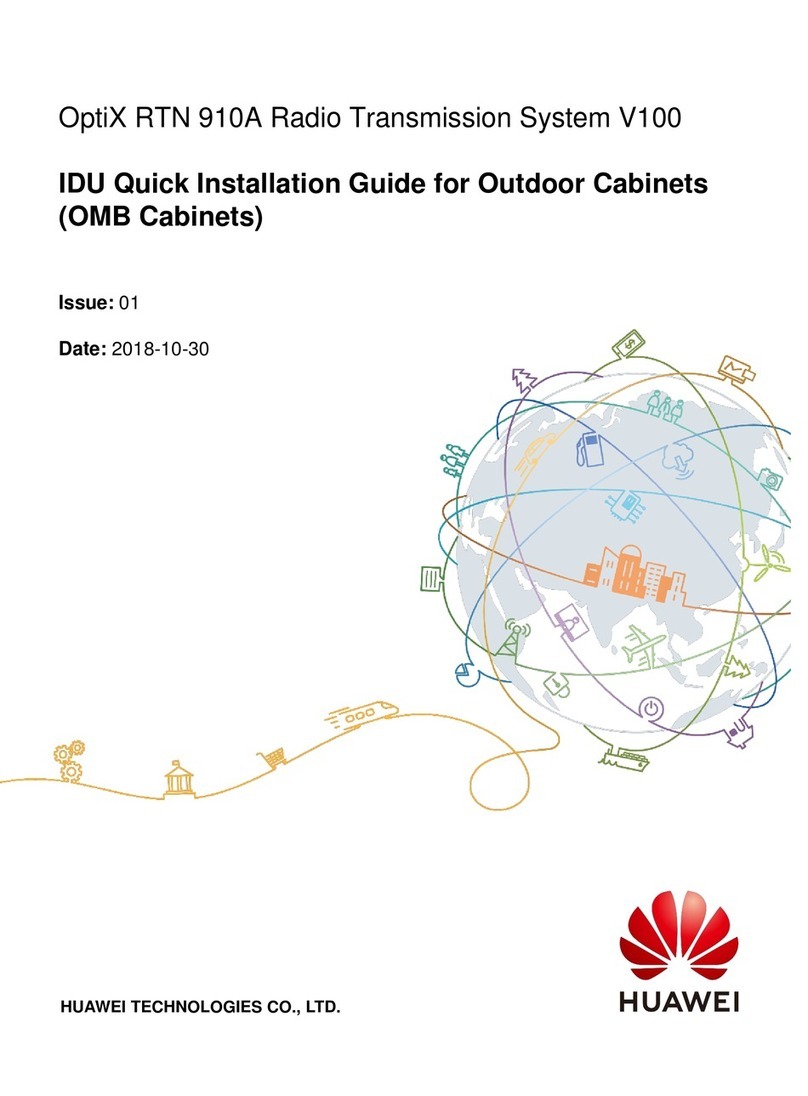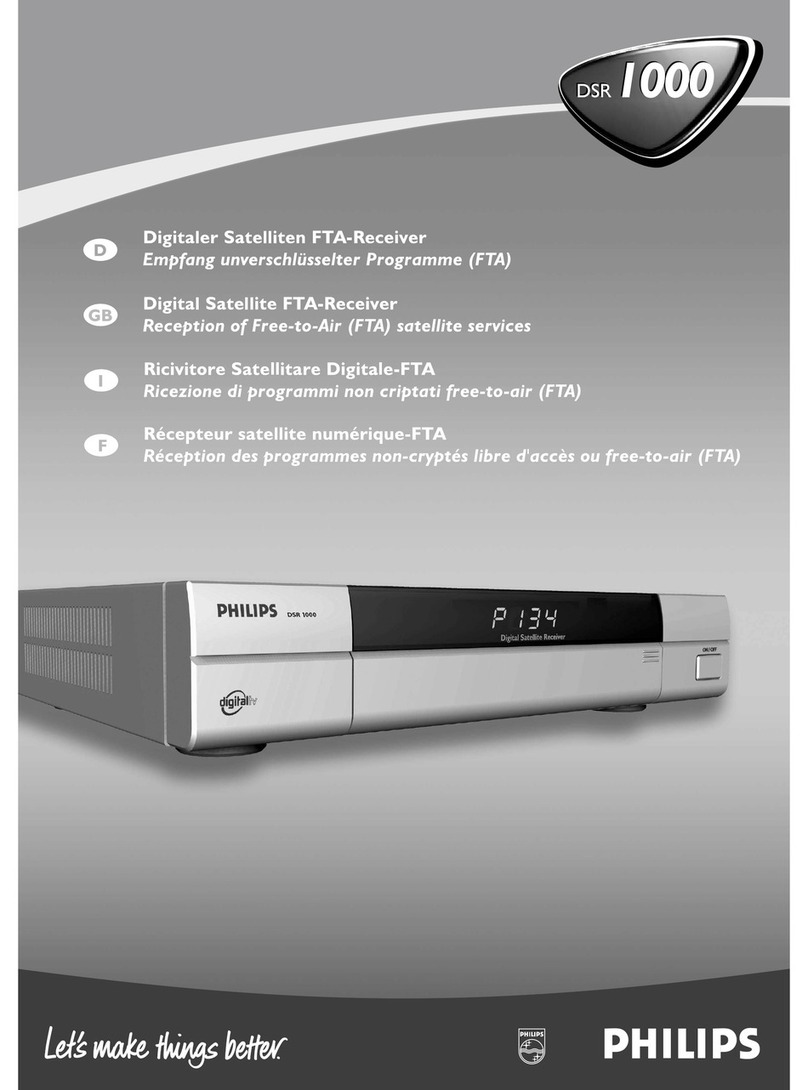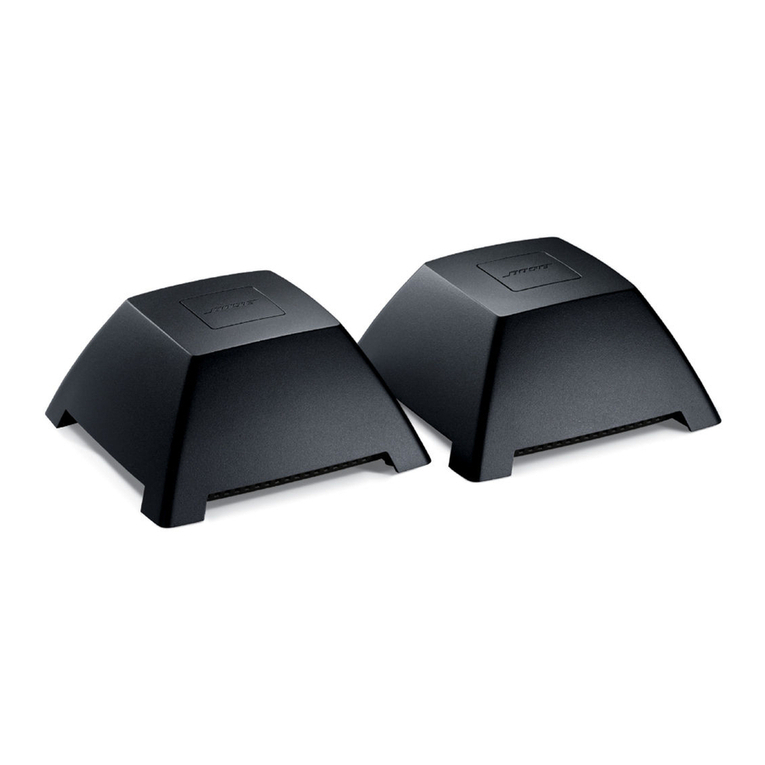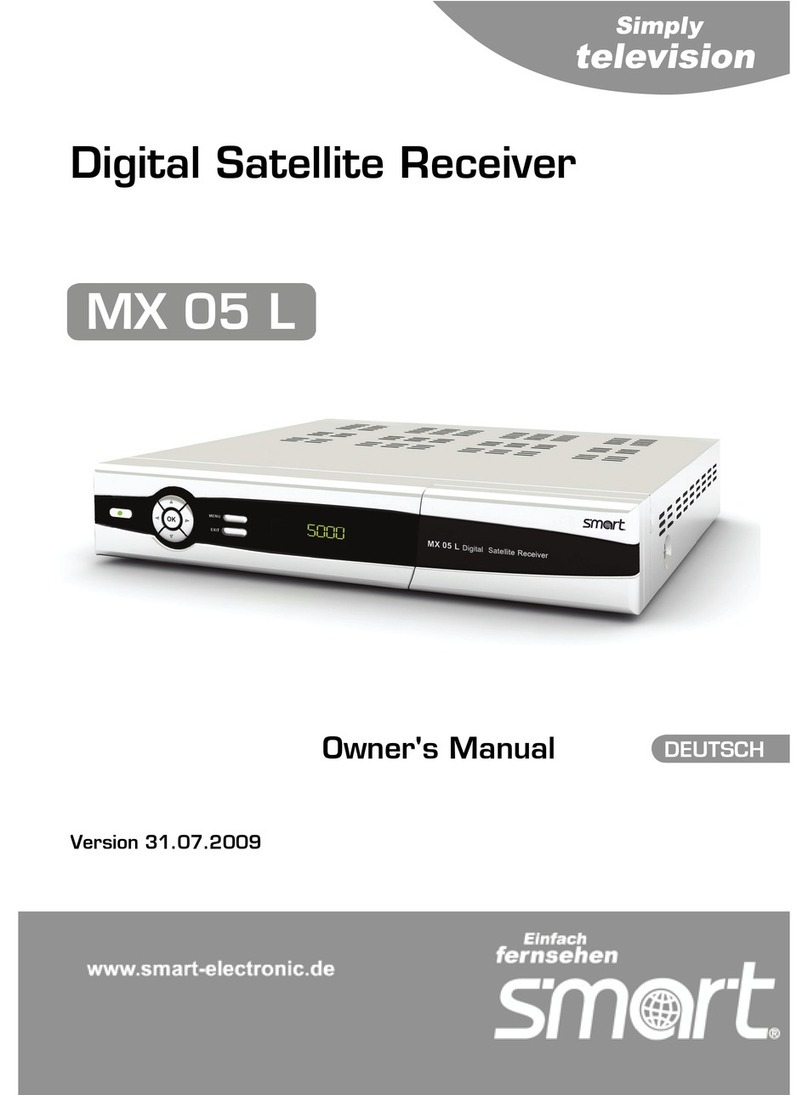R.L.DRAKE Q-X'ER User manual

INSTRUCTIONS
for
QX
'
er
R.
L.
DRAKE
COMPANY
I. GENERAL DESCRIPTION OF
Q-X’ER
The
Q-X’er
is an attachment for a radio receiver. Its main purpose is
to help discriminate between the wanted signal and interfering signals.
The
purpose is the same as for a crystal filter
but the
Q-X’er
in operation is a
much more effective device. Three modes of operation are provided for as
follows
:
1.
NOTCH
-
With the selector switch set in the NOTCH position, a very
sharp rejection notch may be tuned across the pass band of the re-
ceiver to eliminate an, interfering carrier or heterodyne. The gen-
eral shape of the receiver pass band is unchanged and the notch is so
sharp that it is almost imperceptible in the audio of the desired sig-
nal. See Fig. (1).
2. BOOST
-
With the selector switch set in the BOOST position again
the general shape of the receiver pass band is unchanged (though
lower in amplitude) but a sharp spike is imposed on top of the re-
sponse. This spike may be tuned across the pass band to boost any
single frequency. See Fig. (2). Generally, this position of the
switch is used to boost the carrier of a weak phone or broadcast
station to prevent distortion due to selective fading, etc.
3. PEAK
-
With the selector switch in the PEAK position the pass band
of the receiver is narrowed to a very selective response only a few
hundred cycles wide. Fig. (3). This is ideal for C. W. reception.
The
Q-X’er
TUNING control can be used for a fine adjustment in
tuning in the signal.
note). (Tuning here does not change the Beat Frequency
In principle of operation, the
Q-X’er
is simple. It is a two terminal de-
vice shunted across an I. F. transformer ‘in the receiver to act as a gate letting
through the desired frequencies and stopping the undesired frequencies.
The
Q-X'er
achieves its performance through the use of an efficient, stable Q mul-
tiplier circuit. The
Q-X’er
acts just like
a
resonant circuit with a Q of approxi-
mately 3000. This accounts for its sharp peak or notch.
-1-

1.
Connect power to the
Q-X’er
as follows:
Green wire to one side of
6.3
V. heater supply
White wire to other side of
6.3
V. heater supply
Note: Neither green nor white wire is grounded
in the
Q-X'er
so a
heater supply with cen-
ter tap ground or one side ground is 0. K.
Current required is
.3
amps.
Red wire to B-t 100 to 300 VDC
Current required is
.25
to 2 ma.
Black wire to Ground or B-.
.
2.
3.
4.
This
power can usually be taken from the accessory socket of the
receiver or slicer. The
Q-X’er
cable is supplied with a 4 pin
plug and socket
for
use when accessory socket is not available.
When a power or accessory socket is available, remove the 4 pin
plug which is supplied and replace it with one to match the acces-
sory socket. DO NOT connect coax cable yet.
Turn on receiver (if it has variable I. F. selectivity, set for most
tive position. If it has a crystal filter,leave it off. ) Carefully tune in and
center a steady carrier.
("S"
meter will show a peak.) DO NOT change
tuning again until
Q-X'er
is adjusted.
Slightly turn in each direction the adjusting screw on the 455 KC I. F. cir-
cuit to which the
Q-X'er
is to be connected to see that it is exactly peaked
to the rest of the set. This tuned circuit is preferably the one at the plate
of the mixer tube. Do not connect the
Q-X'er
to a low impedance point
such as the grid following a crystal filter or the plate or grid end of a
mechanical filter.
Connect the I. F. coax cable of the
Q-X'er
to the tuned circuit chosen above.
As stated, the mixer plate is ingeneral the best spot. If an octal based
tube is used, the connection can be made by removing the tube from the
socket, slipping the loop on the cable over the plate pin, and replacing the
tube in the socket. If a miniature tube is used, the coax connection should
be made by soldering directly to the socket under the chassis.
Connect
the coax direct; do not use a series condenser.
It should be noted here that there are three tuned
circuits involved in the operation: (1) in the I. F. trans-
former of the receiver,(2) the input coil of the
Q-X’er
which tunes out the capacity of the coax cable, and (3)
the
Q-X’er
tuning circuit. For proper operation it is
important that these three circuits be tuned to the same
frequency. Follow the installation instructions carefully.
II. INSTALLATION INSTRUCTIONS
selec
-
-2-

5.
Ground the shield of the I. F. coax cable to the chassis unless the
receiver has a “hot” chassis as in an AC-DC set. In “hot” chassis
receivers do not connect the shield; cut it off and tape the end to
prevent accidental connection.
6.
Remove two nuts on back of
Q-X’er
and pull off back cover and case.
-
7. Set
Q-X’er
switch to “OFF” position. Carefully adjust input coil,
L2 (see fig.5) for maximum
“S”.meter
reading.
8. Set
Q-X’er
switch to PEAK.
below oscillation. Set PEAK ADJ. control to a point just
Rotate
Q-X'er
TUNING knob to peak carrier
(maximum “S” meter reading). This should occur at the center of
the
Q-X’er
tuning range. If it does not, adjust the screw on the
shielded coil,
Ll
(see fig.
6),
to peak the carrier at this point.
Note
:
These two coils in the
Q-X'er
are factory adjusted to
455 KC. Your adjustment takes care of any small devia-
tion from 455 KC in the receiver I. F.
9. Replace cover and case.
Q-X’er
is now ready for use.
Changing length of I. F. coax cable will cause detuning
of
L2.
If the length must be changed, L2 must be re-
tuned as in Step 7 of “Installation Instructions”.
We
recommend that the unit be adjusted and operated as
shipped before a change in cable length is attempted.
III. OPERATING INSTRUCTIONS
Finding the Notch
-
When you first use your
Q-X’er,
you will probably have
trouble locating the notch. The NOTCH ADJ. control is a balancing adjust-
ment for which there is only one correct setting.
mum rejection for all conditions. This setting will give maxi-
For good notching, the NOTCH ADJ. con-
trol must be set to within about
l/16”
of this point.
To
1.
2.
3.
4.
set NOTCH
ADJ.
control for the first time follow these instructions:
Locate the approximate setting of the TUNING dial for some stable
heterodyne by using the BOOST or PEAK position.
Turn switch to NOTCH and carefully turn the NOTCH ADJ. control
until some rejection of the heterodyne is observed.
Slight adjustment alternately of TUNING and NOTCH ADJ. will give
maximum rejection of the heterodyne.
Leave the NOTCH ADJ. control set at this position. It will give best
notching over the entire tuning range of the
Q-X’er
and probably
never need to be changed very much.
-3
-

Notching Out a Heterodyne
1.
Tune in desired signal with
Q-X’er
2. Switch to
_NOTCH
and turn TUNING
switch
“OFF”.
knob to the point where the
heterodyne disappears. No need to touch the NOTCH ADJ. con-
trol if it has been previously set properly.
Note: The heterodyne is caused by a beat between the desired
carrier and the interfering carrier. The removal of either
will stop the heterodyne but if you notch out the carrier of
the desired signal, the audio will become greatly distorted.
3. If the interfering carrier drifts in frequency, follow it with the
Q-X’er
TUNING; d0 not retune receiver. This flexibility is a dis-
tinct advantage over the crystal filter; i.
e.,
you tune receiver for
best signal; tune
Q-X’er
to remove interference.
Boosting Weak Carrier of AM Signal
1.
Tune in signal with
Q-X’er
OFF.
2. Switch
Q-X’er
to BOOST and set
Q-X’er
TUNING at the signal
carrier as indicated by a peak
“S"
meter reading or the point
where the background noise drops away.
3. Turn up PEAK ADJ. control to the desired degree of boost. Maxi-
mum boost occurs just before
Q-X’er
goes into oscillation.
4. Adjust receiver gain control for desired audio level.
Peaking
1.
Tune in a signal.
2. Switch
Q-X’er
to PEAK.
3. Tune
Q-X’er
to signal by noting a marked increase in signal level.
4. Set PEAK ADJ. for desired shapeness of response. Sharpest peak
occurs just below point where
Q-X’er
goes into oscillation.
5.
Q-X’er
TUNING control can be used for a fine adjustment in tuning
a signal.
-4-

IV. MAINTENANCE
The
Q-X’er
circuit differs from other Q multiplier circuits published
in that the degeneration tube is neutralized. This is factory adjusted by
varying the spacing between a pair of ceramic disc capacitors. If these
capacitors are moved,this adjustment is lost and operation is impaired in
the notch position by a peak which will appear on one side of the notch.
(It
is also possible to get this unwanted peak if L2 is not adjusted properly in
Step 7.
)
Therefore,it is not recommended that repairs be attempted other
than replacing the tube.
Factory repair service is available to put your
Q-X’er
in “like new”
condition for $1.00 plus parts and postage.
Note: Please complete and return the enclosed registration card.
.
R.L. DRAKE COMPANY 18 E. CENTRAL AVENUE MIAMISBURG, OHIO

Fig.
:
Effect of NOTCH on Receiver Selectivity
Fig.2
Effect of BOOST
I
-\
/’
‘\
/
\
/
\
I
\
I
\
\
/
\
Fig. 3 Effect of
PEAK

7
i
I
-L
2.7mmf
47K
11
nnr
T150 K
1
II
.AhA
\
r---
01
I
k
500mmf
RFC
-I
2.2
Meg
--
---._
l8K
.005
T
r-
---0
t,-
I
_I_
0
,
&+
1
b
-!I0
mmf
I
home
units)
l5K
(ap
prox.1
Cap. values in m
fd.
unless otherwisenoted.
.
PEAK o
POWER PLUG viewed
from pin end.
Fig. 4 Schematic Diagram of
Adjust L2
n
Adjust
LI
QT@
.
I
I
IIII
I
1
I
l-
\
/
lllIIll
Fig.5 Bottom of
QX’er
Fi q. 6 Top of
QX’er
Table of contents
Other R.L.DRAKE Receiver manuals
